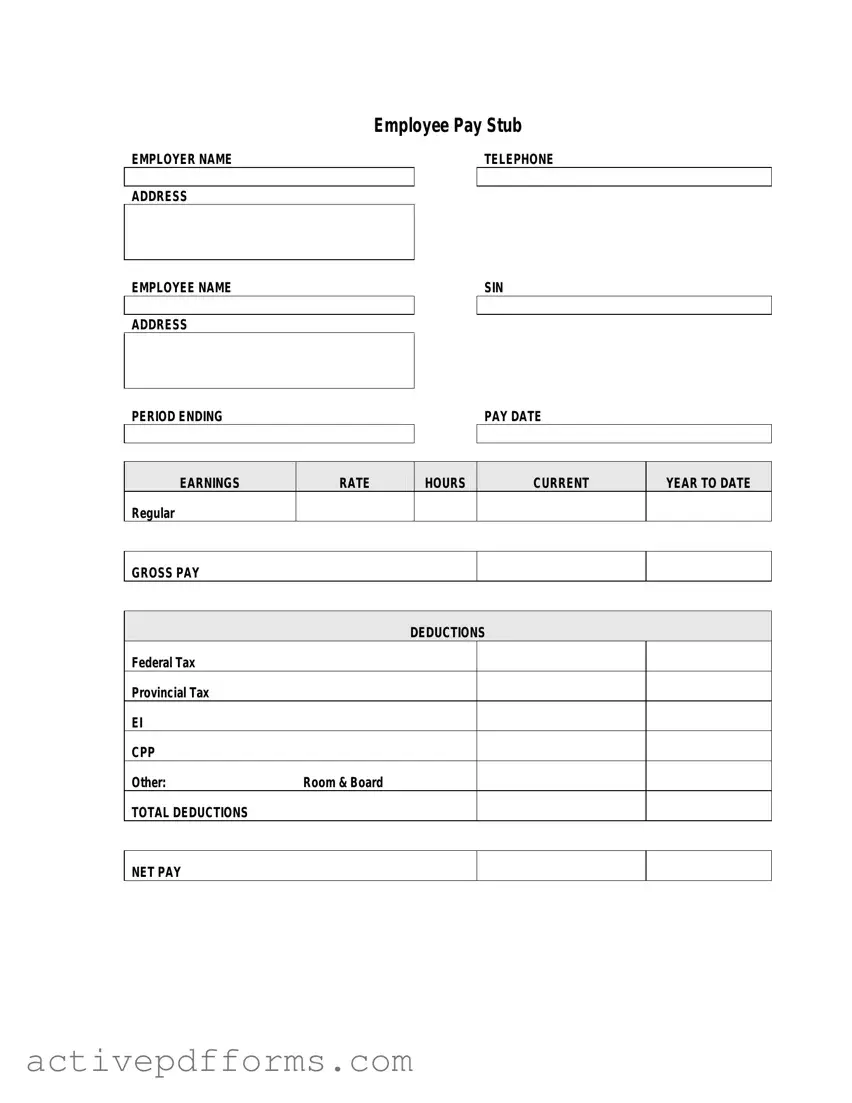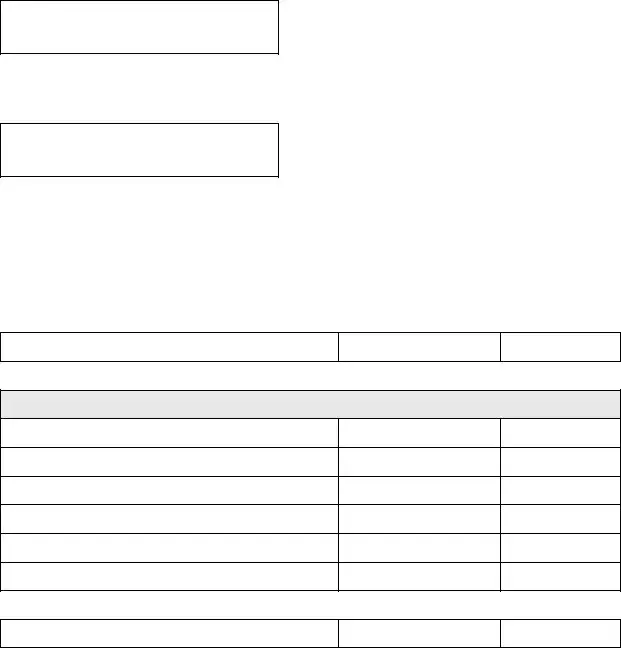Navigating the complexities of employment documentation is crucial for both employers and employees, and at the heart of these documents is the Pay Stub form. This indispensable piece of paper serves as a tangible proof of income, detailing the breakdown of an employee's earnings, taxes withheld, and other deductions. The relevance of a Pay Stub extends beyond mere record-keeping. It plays a pivotal role in financial planning, assisting employees in understanding their compensation and managing their finances accordingly. For employers, maintaining accurate and transparent pay stubs is not just a matter of organizational integrity; it's a legal requirement in many jurisdictions, serving to prevent discrepancies and fortify trust within the workplace. Whether you're a seasoned professional or new to the workforce, understanding the anatomy of a Pay Stub and its implications can significantly impact your financial well-being and employment experience.

